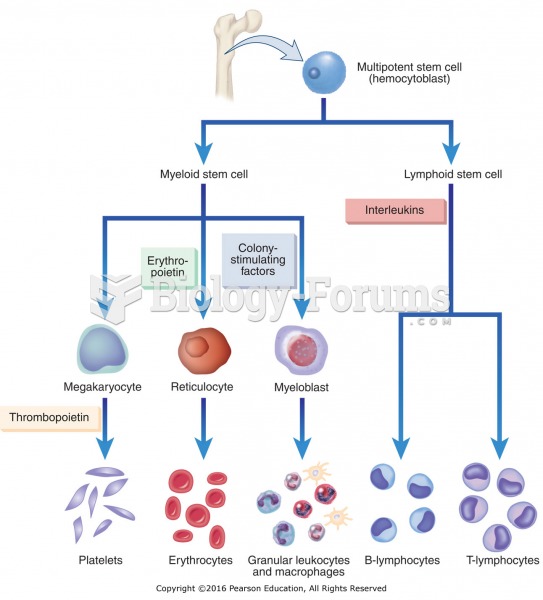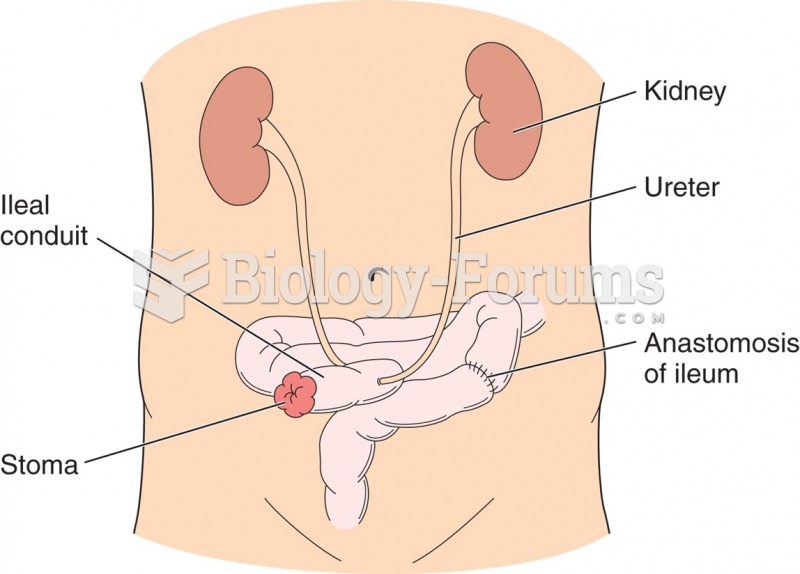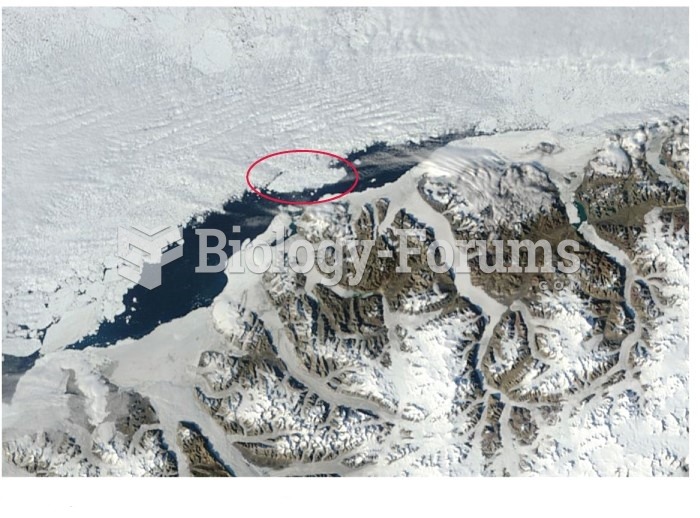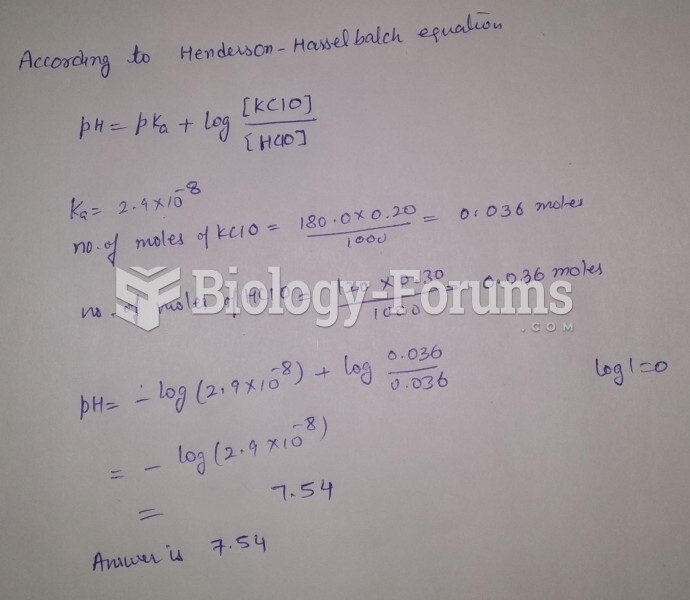Why do we think Mercury contracted after it formed?
What will be an ideal response?
Question 2
Which of the following statements correctly summarizes the events in the early universe according to the Big Bang theory?
A) The universe began with the forces unified. During the first fraction of a second, the forces separated and there was a brief but important episode of inflation. Subatomic particles of both matter and antimatter then began to appear from the energy present in the universe. Most of the particles annihilated to make photons, but some became protons, neutrons, electrons, and neutrinos. The protons and neutrons underwent some fusion during the first five minutes, thereby determining the basic chemical composition of the universe.
B) Forces and various subatomic particles began to appear during the first second after the Big Bang. For reasons not understood, the particles were all made of ordinary matter and none were made of antimatter, thus explaining why we live in a universe made of matter. The particles underwent some fusion for the first 380,000 years after the Big Bang, at which time the first stars were born.
C) The Big Bang began with the initiation of what we call inflation, which gradually slowed to the current expansion rate of the universe. Forces came to exist for a different reason, having to do with quantum fluctuations in the space-time continuum. Particles came to exist as a result of cracks made when forces froze. Once there were particles, gravity brought them together to make stars, and the stars then turned the particles into hydrogen, helium, and other elements.
D) An episode of what we call inflation initiated the event of the Big Bang. Once the Big Bang got underway, particles and forces began to appear one by one. The forces produced protons, which fused to make hydrogen and helium until the universe was about 380,000 years old. Then gravity began to act, turning the hydrogen and helium into galaxies.







